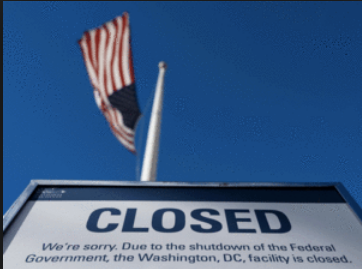The government shutdown has already caused significant hardship — and promises more. Many federal employees missed their first paychecks Friday, and negotiations to reopen the government are stalled. Meanwhile, President Trump has been musing about declaring a national emergency to push ahead with construction of a wall on the U.S.-Mexico border, even if Congress won’t agree to provide money for the project.
There’s a better way out of the standoff, one that would let both the president and Congress end the shutdown without betraying their political constituencies.
When it comes to legislation passed by Congress and sent to the president, the framers of the Constitution provided three options: The president can sign it, in which case it becomes law. The president can veto it, in which case it fails, unless Congress overrides the veto. Or a bill can become law through presidential inaction. Article I, Section 7 of the Constitution lays out the president’s role in legislation, including this provision: “If any Bill shall not be returned by the President within ten Days (Sundays excepted) after it shall have been presented to him, the Same shall be a Law, in like Manner as if he signed it.” (Section 7 is associated with a better-known practice, the pocket veto. In that case, if the president receives a bill but Congress adjourns during the 10-day period while the legislation awaits a signature, the legislation fails.)




